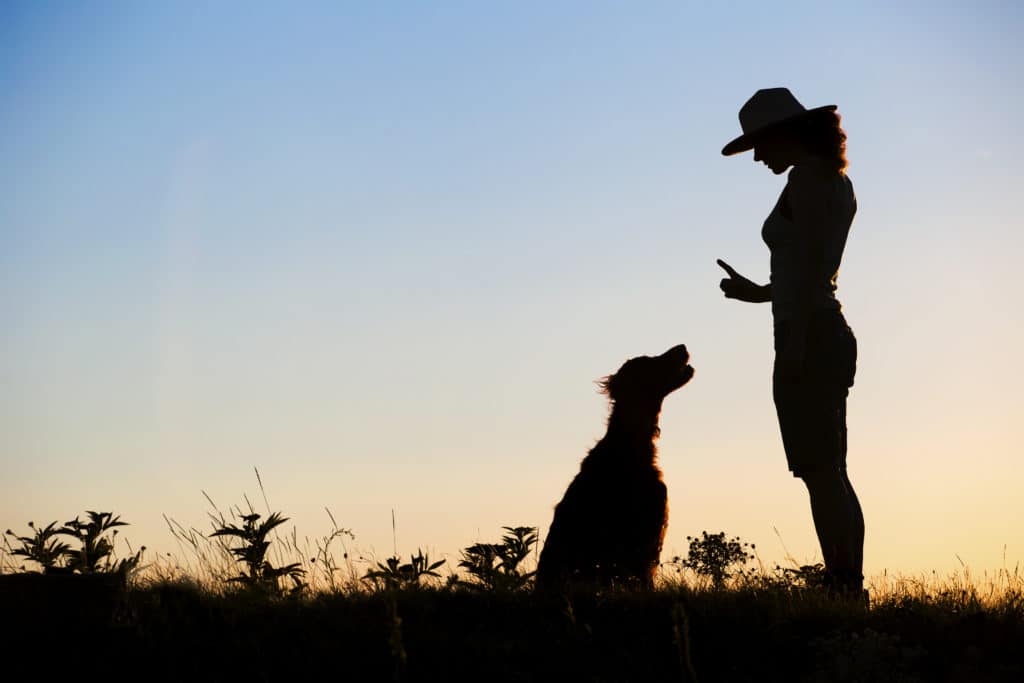Sporting Life

Critical Lessons for Canines
By Dennis Doyle
I’ve often said that the company of a dog will inevitably and substantially improve anyone’s experience of outdoor activities. There are some critical caveats, however (aren’t there always?) for everyone’s safety.
The first of which is the dog must always promptly come to the owner when called. Training a dog to quickly return to its owner is not a complex task but I’ve noticed that over the last few years it is becoming less and less common. Apparently, because local regulations require dogs to always be on a leash, it is not clear to some owners that the animals might prefer to run free were they not restrained.
An accidental release may be rare if the owners are careful and mindful to always have the animals leashed. However, if the animal does slip his lead or get loose, the results could become quickly catastrophic. An animal unfamiliar with automobile traffic has no idea of its lethality and, unless promptly recalled, will blunder blindly into a moving vehicle’s path given the least opportunity.
The antidote to this potential disaster is simple training. With a pocket full of small treats, calling your pet, then promptly rewarding it when it comes, is a essential start, even just within the family home. Repeating the exercise over days and in different environments will further imprint the behavior. Then begin to occasionally substitute petting and praise for the edible treats until the dog is thoroughly conditioned to quickly return on command regardless of reward. Varying details such as distractions, time of day and weather will perfect the behavior and may very well save the animal’s life one day.
The next command your four-legged partner needs to understand and perform is to “stay”. That is similarly taught starting at your residential entrance when the door is first opened. Holding the pup at stay with a leash and rewarding their restraint with a treat until given a release command will eventually get the job done, with lots of repetition. Varying the circumstances, such as who opens the door, and what is on the other side, will only perfect their performance.
The next variation of the stay will occur in an automobile, especially if your pup shares the vehicle with the rest of the family. There is no more dangerous nor traumatic situation than a dog jumping out of a car into traffic. Teaching the animal to remain inside and never to leave the open car until commanded or released is one of the most important behaviors that they can learn. Teaching them to remain seated while the car is unloaded of groceries or otherwise attended to, with multiple doors open and over extended periods of time, will eventually make them almost completely accident proof.
All of these three very critical training projects are simply performed and reinforced over extended periods of time, with repetition, reward and patience. This training is essential to keeping your buddy safe and alive, not to mention allowing the two-legged side of the equation to more thoroughly relax in the canine’s company.
*****
Fishfinder:
The lower temperature of fall weather is invigorating the rockfish bite substantially; the fish are always hungry now. The chum bite has turned excellent as has fishing the soft jig on marked schools as well as submerged structure. Spanish mackerel remain on the prowl and taking all sorts of small to medium-sized shiny baits moved at six plus knots. The surface bite is violent now as well with rockfish active in the shallows and attacking anything popping on top. Norfolk spot are still around (but not for long) and providing excellent baits for live liners and white perch are active in the tributaries taking spinner baits and schooling in the tribs and eating worms, shrimp, clams and crab. Crabbing is winding down with mostly females showing up on trotlines, which is fine for commercial but illegal for recreational crabbing. The next two months are the end of the Chesapeake’s angling sport show and the best of the year. Don’t miss out.
